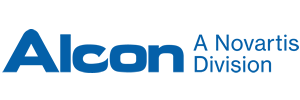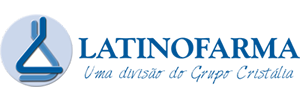
Sessão de Encontro com o Autor – Tema Livre (Pôster)
Código
P079
Área Técnica
Órbita
Instituição onde foi realizado o trabalho
- Principal: HCFMUSP
Autores
- THAIS DE SOUSA PEREIRA (Interesse Comercial: NÃO)
- Allan Christian Pieroni Gonçalves (Interesse Comercial: NÃO)
- Mário Luiz Ribeiro Monteiro (Interesse Comercial: NÃO)
Título
A COMPARATIVE STUDY OF HERTEL VS. PHOTOGRAPHY VS. COMPUTED TOMOGRAPHY FOR EXOPHTHALMOMETRY MEASUREMENTS
Objetivo
Compare clinical photography and exophthalmometry to computed tomography (CT) in the evaluation of axial globe position measurement, according to agreement and reproducibility
Método
This is a prospective and observational study in which 3 types of exophthalmometry methods were examined: radiologic, clinical, and photographic. 17 patients with exophthalmos and 16 patients without orbital diseases were enrolled. Patients had orbital CT and were recruited for Hertel exophthalmometry and standardized frontal and side facial photographs by the same physician. Clinical, digital photographic and CT scan measurements were performed by the same reader 2 times and repeated by a second reader. Statistical analysis was performed using paired t-tests and Pearson correlation coefficient (PCC) to assess association between methods. Exophthalmometry and photography validity was assessed by agreement with CT: mean differences, intraclass correlation coefficients (ICC) and Bland-Altman plots/Limits of agreement (LOA)
Resultado
34 orbits with exophthalmos and 30 orbits without orbital diseases were studied. There was strong correlation between exophthalmometry and CT in the groups with and without proptosis (PCC r=0.84 and r=0.91, p<0.05). Photographic and CT correlation was lower (PCC r=0.61 and r=0.74, p<0.05), as well as photography and exophthalmometry correlation (PCC r=0.53 and r=0.75, p<0.05). Interclinician agreement was 0.945 for exophthalmometry and 0.976 for CT. Difference between normal and proptosis groups was statistically significant both when comparing exophthalmometry and photography to CT (P<0.001). CT ICC was 0.948. Photography had worse agreement, ICC was 0.804. LOA between exophthalmometry and CT were -3.12 to 1.96mm and -4.49 to 2.85mm for normal and proptosis groups. LOA in the normal group were smaller
Conclusão
When compared with CT and exophthalmometry, photography presented higher variance and lower PCC. Although photography showed better correlation with CT compared to similar studies,it is still lower than desired to substitute Hertel















